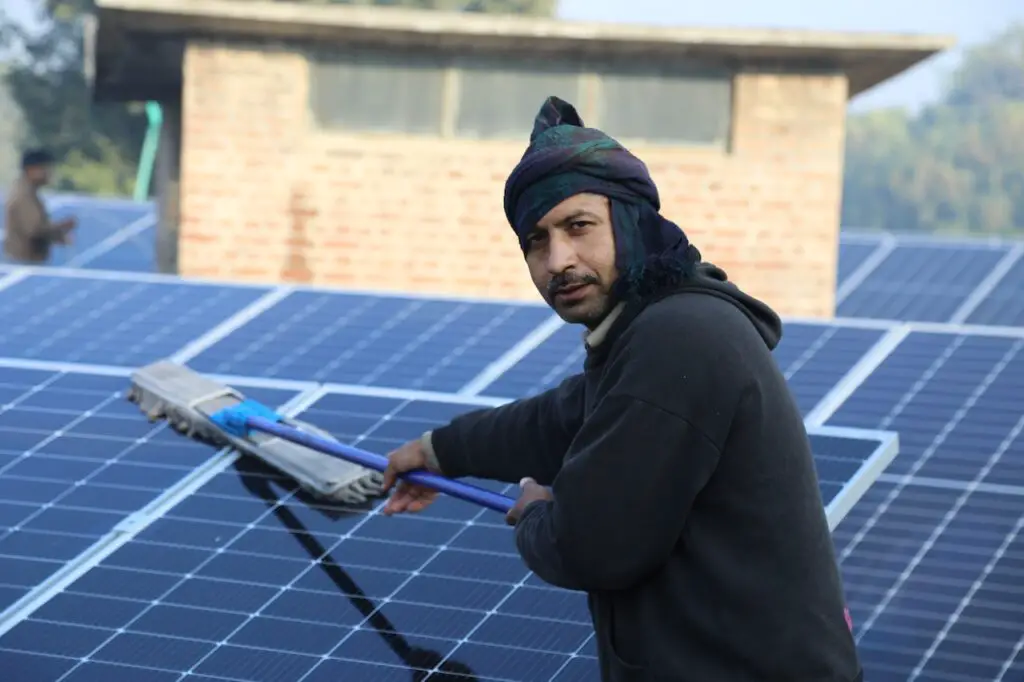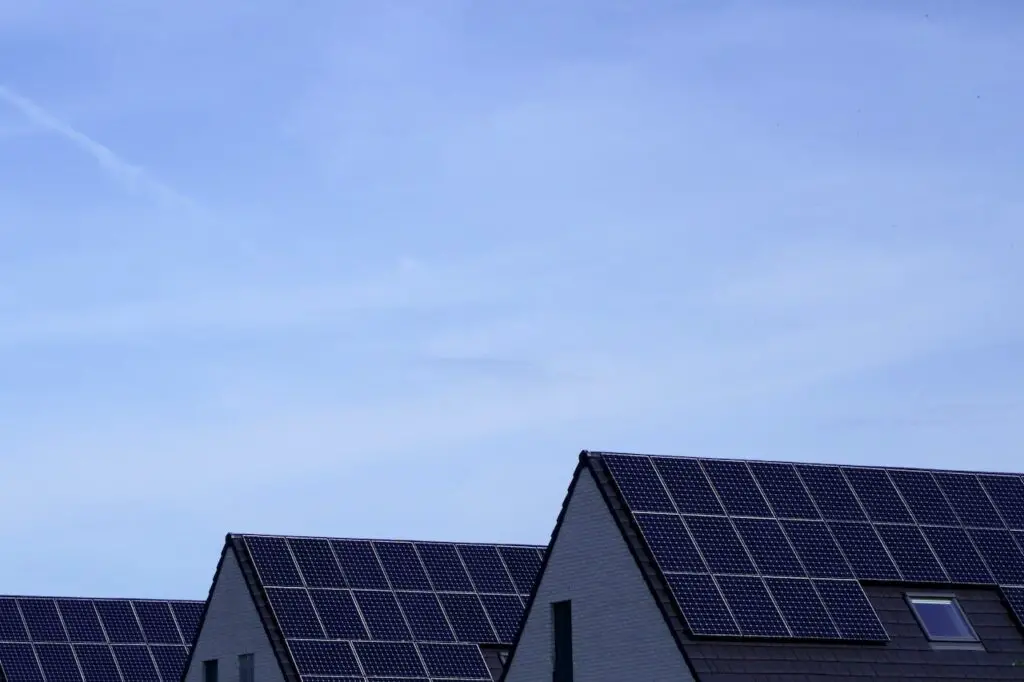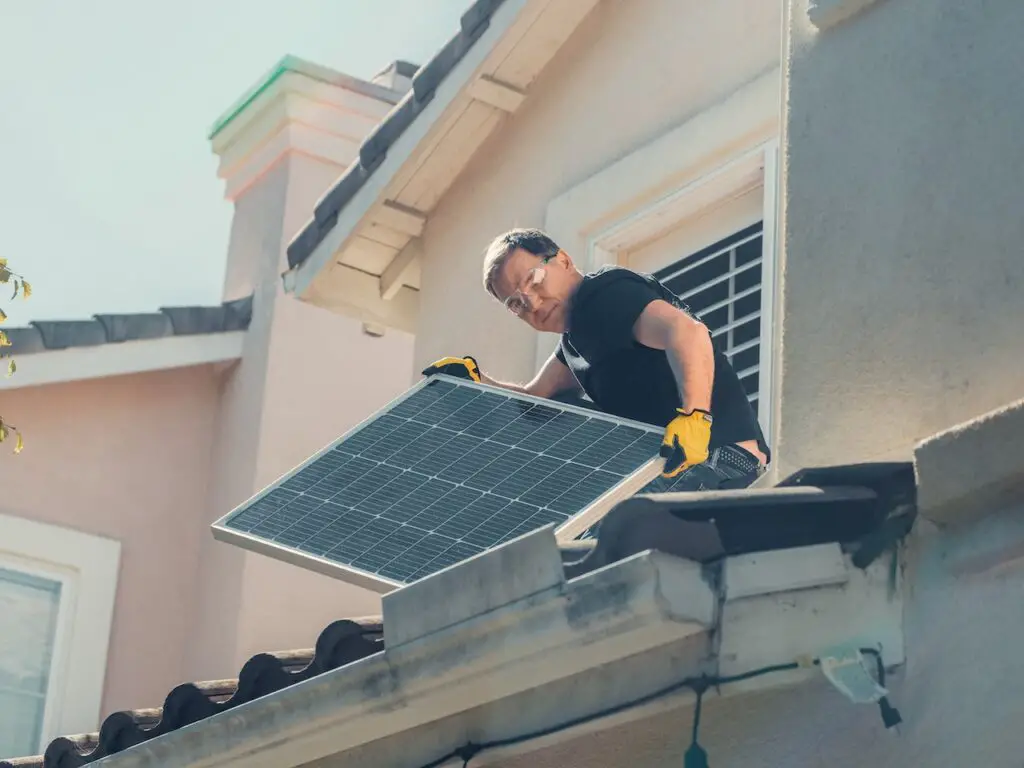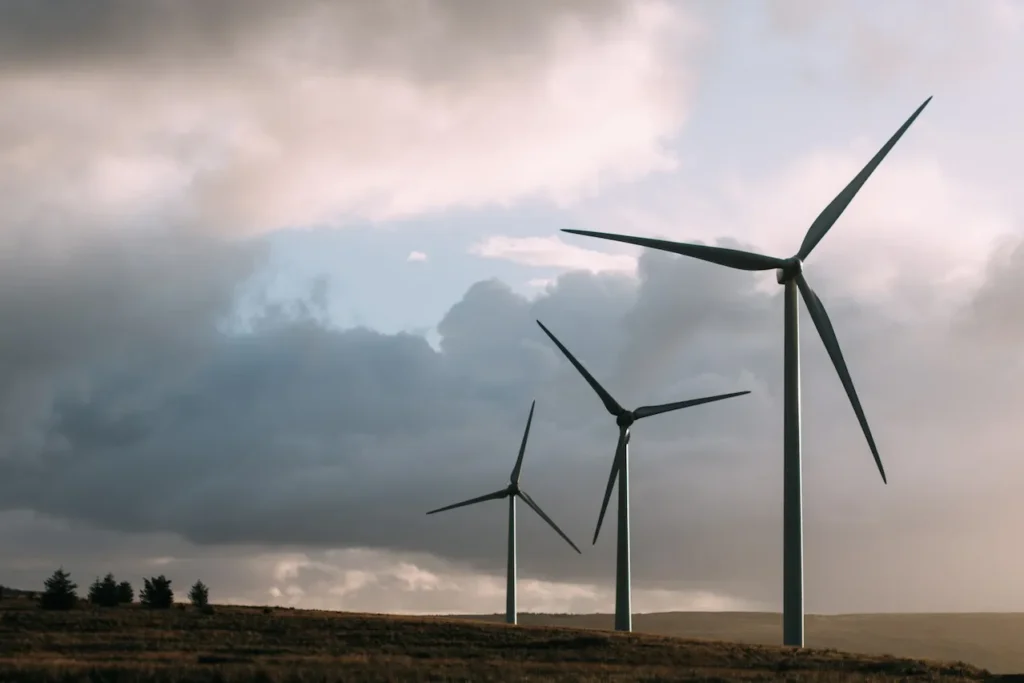If you’re considering installing solar panels, you may be wondering if they can work with moonlight. While solar panels are designed to capture energy from the sun, they can also generate electricity from other light sources, including moonlight. However, the amount of electricity generated from moonlight is relatively low compared to direct sunlight.
According to experts, the moon can provide enough light to power a small device or charge a battery, but the overall output of electricity from solar panels is limited at night. This is because the intensity of moonlight is much lower than direct sunlight, and solar panels require a certain amount of light to generate electricity. Despite this, solar panels can still be a viable option for powering your home or business, even during the night.
In this article, we’ll explore the topic of whether solar panels can work with moonlight in more detail. We’ll look at how solar panels generate electricity, how moonlight differs from sunlight, and the limitations of solar panels when it comes to generating electricity from moonlight. We’ll also discuss some of the ways you can maximize the efficiency of your solar panels, and whether solar panels are a good investment for your energy needs.
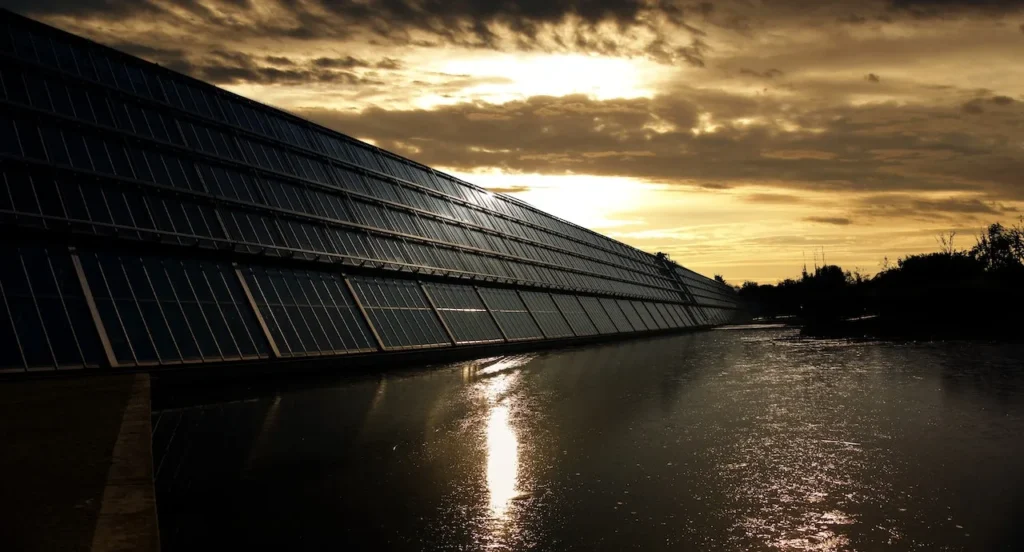
How Solar Panels Work
Photovoltaic Effect
Solar panels work by converting sunlight into electricity through the photovoltaic effect. When sunlight hits a solar panel, the photons in the sunlight knock electrons loose from the atoms in the panel’s semiconductor material. These loose electrons create a flow of electricity, which can be harnessed and used to power various devices.
Solar Panel Efficiency
Solar panel efficiency is a measure of how much sunlight a panel can convert into electricity. The efficiency of a solar panel depends on a number of factors, including the type of semiconductor material used, the quality of the panel’s construction, and the amount of sunlight the panel receives.
The most efficient solar panels on the market today have an efficiency rating of around 22%, meaning they can convert around 22% of the sunlight that hits them into usable electricity. However, even less efficient panels can still be effective at generating electricity, especially in areas with high levels of sunlight.
Overall, solar panels are a reliable and effective way to generate electricity from sunlight. While they do require direct sunlight to operate at peak efficiency, they can still generate some electricity even in low light conditions, such as on a cloudy day or during moonlit nights.
Moonlight and Its Properties
When it comes to solar panels, many people wonder if they can work with moonlight. To understand the answer to this question, it’s important to know a little bit about moonlight and its properties. Here are some key things to keep in mind:
Lunar Illumination
The amount of light that the moon reflects back to Earth is known as lunar illumination. This illumination can vary depending on a number of factors, including the phase of the moon, the time of year, and the location on Earth. On a full moon, the lunar illumination can be quite bright, but it’s important to note that it’s still much dimmer than direct sunlight.
Color Temperature of Moonlight
The color temperature of moonlight is quite different from that of direct sunlight. While sunlight has a color temperature of around 5,500 Kelvin, moonlight has a much cooler color temperature of around 4,100 Kelvin. This means that moonlight has a bluish tint to it, which can affect how it interacts with solar panels.
Overall, while solar panels can technically work with moonlight, the amount of energy that they can generate from it is quite limited. This is because moonlight is much dimmer than direct sunlight, and has a cooler color temperature that affects how it interacts with solar panels.
Can Solar Panels Work with Moonlight?
If you’re wondering whether solar panels can work with moonlight, the answer is yes, but with limited capacity. The moon reflects sunlight, which makes it possible for solar panels to use moonlight to produce some energy. However, the overall output of electricity from solar panels is relatively low at night.
Moonlight Intensity
The amount of electricity generated from solar panels depends on the intensity of the moonlight. Most of the moonlight that a solar panel can capture is in infrared and ultraviolet wavelengths, which we cannot see. According to experts, one lux of moonlight produces about 0.00149 watts per square meter, which is negligible compared to the power generated by direct sunlight.
Solar Panel Performance in Low-Light Conditions
Solar panels require direct sunshine to generate electricity. However, they can still work in low-light conditions, such as on cloudy days or during dawn and dusk. Manufacturers have developed solar panels that can perform better in low-light conditions, such as amorphous silicon solar cells, which can capture a wider range of light wavelengths than traditional solar cells.
Solar Panel Design for Moonlight
Designing solar panels specifically for moonlight is not practical, as the amount of energy generated would be too low to be useful. However, solar panels can be designed to work more efficiently in low-light conditions, which would also improve their performance in moonlight. For example, solar panels can be designed with anti-reflective coatings to capture more light, or with bypass diodes to prevent energy loss from shaded cells.
Applications of Solar Panels with Moonlight
If you’re wondering what the practical applications of using solar panels with moonlight are, here are a few examples:
Moonlight-Powered Devices
While solar panels with moonlight may not generate as much power as they do during the day, they can still be useful for powering small devices. For example, you can use moonlight-powered chargers to charge your phone or other small electronics. These devices are designed to capture the small amount of energy generated by moonlight and store it in a battery for later use.
Moonlight-Powered Street Lights
Moonlight-powered street lights are another practical application of solar panels with moonlight. These lights are designed to capture the small amount of energy generated by moonlight and use it to power the street lights at night. This reduces the need for electricity from the grid, which can help reduce energy costs and carbon emissions.
Moonlight-Powered Satellites
Satellites in space can also benefit from solar panels with moonlight. While the amount of energy generated by moonlight is relatively low, it can still be enough to power some of the systems on board a satellite. This can help reduce the need for fuel and extend the life of the satellite.
Conclusion
While solar panels can generate some electricity from moonlight, it is not a reliable source of energy. Moonlight is too dim and does not contain enough photons to generate significant power. Solar panels are designed to absorb sunlight, not moonlight.
Therefore, if you want to rely on solar energy, you should place your solar panels in a location that receives direct sunlight. This will ensure that your solar panels generate the maximum amount of power possible. You can also use batteries to store energy for later use, such as during the night when there is no sunlight.
Overall, solar energy is a great way to reduce your carbon footprint and save money on your energy bills. By using solar panels, you can generate your own clean energy and reduce your dependence on fossil fuels. While solar panels may not work with moonlight, they are still a reliable and sustainable source of energy.

